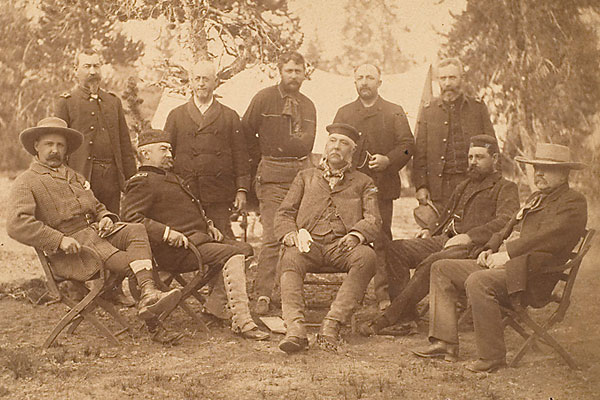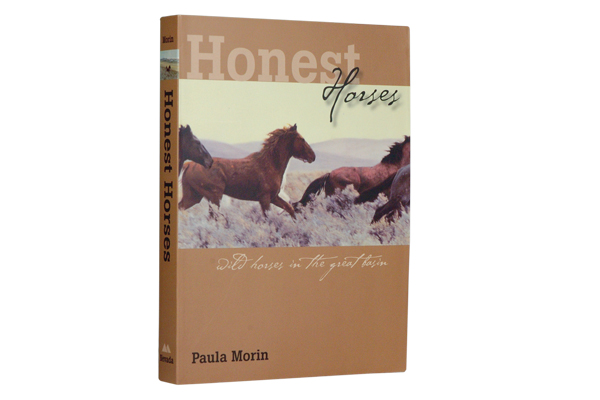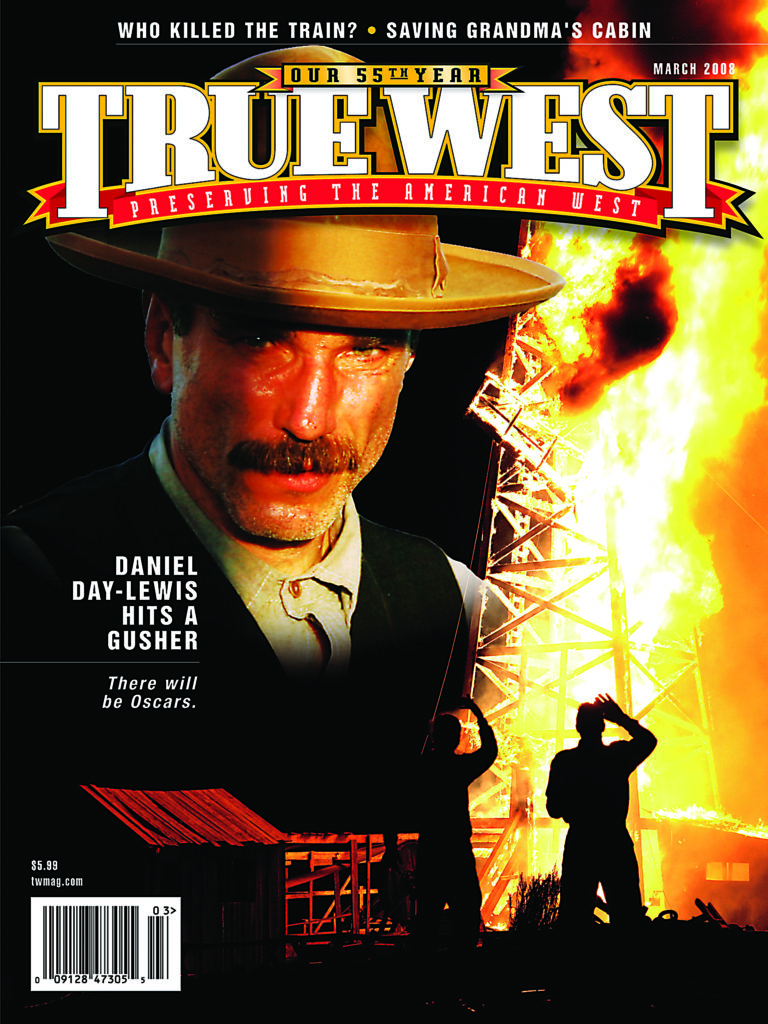
Chester A. Arthur is the only U.S. president to make an extensive overland march, mostly on horseback, and the first to visit Yellowstone National Park.
Photographs of his August 1883 trip to Yellowstone were among the impressive lifetime collection of American Indian photographs assembled by Dennis Lessard (1936-1997) and sold in the Western portion of Cowan’s Historic Americana auction on December 6, 2007.
When Lessard founded the Del Trading Post, near South Dakota’s Rosebud Reservation, the Lakota often brought to him photographs of their ancestors, which he copied for his collection, returning the originals to their generous owners.
Some photos from this trip were collected by “Fighting Paymaster” Thaddeus Stanton (while working as paymaster, Stanton also fought as chief of scouts under Gen. George Crook in Indian War campaigns).
Setting aside about 50 manuscript lots from Ohio book collector Joe Dush (whose copy of the Maxwell Code hammered in as the auction’s top lot) and photos from other collections, such as Stanton’s, the bulk of the 600-so lots featured Lessard’s photograph collection.
The Yellowstone stereoviews by Frank Jay Haynes tell an impressive story of a dying president who decided to take a month-long fishing vacation to raise awareness about vandalism and the threats of commercial development in Yellowstone.
Not only was he dying of the kidney ailment Bright’s disease, a well-kept secret in the White House, but the 21st president (he succeeded Garfield after his 1881 assassination) was also resigned to the fact that he was not likely to get his party’s nomination for the 1884 election. He had angered his Republican cronies by signing into law an act that ensured civil service jobs were awarded based on merit, and not via the “spoils system” that rewarded party supporters, a system, ironically, he had helped build.
Unconcerned about hurting his political image, he embarked to Yellowstone on August 18, a trip supposedly inspired by an 1881 oil painting of lower Yellowstone Falls by his friend Albert Bierstadt, whom the former lawyer had known when both of them lived in New York.
From Chicago, the president traveled by train to Rawlins, Wyoming, then in a wagon pulled by mules to Fort Washakie on the Shoshoni Reservation. He was greeted by Chief Washakie, whose men had fought with Gen. Crook against the Lakota and the Cheyenne in the 1876 Battle of the Rosebud. One of the best photographs from this trip shows Washakie on horseback, posing with other Shoshonis in front of James K. Moore’s trading post at the fort .
The president and his party then rode on horseback 230 miles into Yellowstone, where they all camped and fished during the three-week trip. The press mockingly called this trek the “Presidential Sporting Excursion of 1883,” as it had taken months for Gen. Phil Sheridan’s troops to scout out the camping locations to make sure the president did not get lost in the woods.
President Arthur did stay true to his aim to promote the park as a sanctuary worth preserving. He even instructed his men, via Gen. Sheridan, not to hunt the animals within the park, so the “buffalo and elk can look at us with perfect safety,” reported The New York Times on August 27, 1883.
During the trip, the president and Sen. George Vest caught a combined 105 pounds of fish, with the largest trout weighing in at 3½ pounds, according to the Times.
President Arthur returned home on the Northern Pacific’s newly-opened branch to Yellowstone; workers had laid the last track of the railroad’s first 51 miles that very same August. The Northern Pacific could not have asked for better publicity for its Yellowstone line.
An avid fisherman and champion of civil service, President Arthur succumbed to his illness on November 18, 1886.
Cowan’s two-day Historic Americana sale hammered in at more than $1.35 million.
Upcoming Auctions
March 12-15
C.M. Russell Art Auction
C.M. Russell Museum (Great Falls, MT)
cmrauction.com
March 31
American Indian & Western Art
Cowan’s (Cincinnati, OH)
cowanauctions.com




